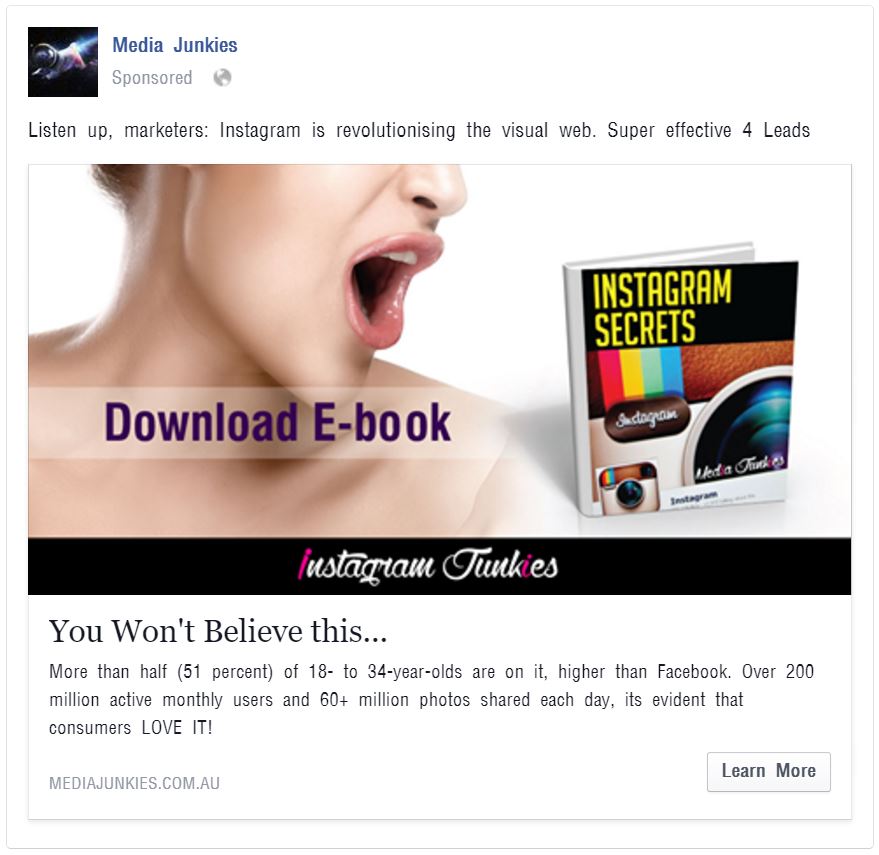Do Sexy Ads Work?
A lot of advertisements you see around are provocative in its appearance. Why is this so? Advertisers know that sex gets attention. As human beings, sex appeals to our basic instinct because it leads to the propagation of our specie. Looking at advertisements through the years, we can conclude that provocative advertisement is a widely-used method in getting attention. It doesn’t follow though those sexy ads are effective in selling a product.
While provocative ads attract attention, especially men’s, their attention doesn’t really extend to the product itself. They will recall the sexy women in the ad but cannot tell you what product the ad is for. It appears then that sexy pictures get all their attention that they don’t notice anything else. What about for women? While most men won’t see the brand beyond the voluptuous chest, women manage to read what’s written and look at the offer.
Products That Sex Sells
Most of the provocative ads are addressed to men but it appears that in advertising, sex sells only if you’re selling sex or something that’s related to it. A study indicates that 23% of print ads use sexual imagery. While the number of these sexy print ads goes up, this applies only within brands that have always used sexy connotations such as health and hygiene, drugs and medicine, clothing, travel, beauty, entertainment and alcohol. Sex is used to sell low-risk products that people buy impulsively. If you are selling products outside of those mentioned, entering the sexy niche can be perceived as confusing and hard-sell.
Social Media
Social Media is a place where consumers criticize brands that exploit sex in order to make money. When they feel that a campaign objectifies women, they won’t hold their tongue criticizing the brand. It doesn’t mean though that social media doesn’t love sex. In fact, sexy ads are more likely to be shared and become viral in social media. Social Media then is a platform where censorship is in the grey area. Users allow brands to seduce them yet at the same time express their disgust over such practice.
Tinder
Tinder is a dating platform which marketers see as an ideal place to sell sex in. Is the practice effective though? Let’s study two cases:
- Domino’s Pizza – One Valentine’s Day, made a campaign in Tinder. They created an account and Tinder users who matched with it can get a free pizza or a discount. The campaign was brilliant. It engaged with 234,355 consumers and it cost them next to nothing.
- Calvin Klein – Calvin Klein is known for its raunchy advertisements. Their latest campaign, “Raw Text, Real Stories”, was inspired by Tinder. It aims to begin a conversation about how social media and the internet change flirting and seduction. The campaign itself is bold and racy.
Digital Junkies – So I gave it a try
We run dozens on ads so I ran one with this theory. I posted 4 split test ads to the same adience and the sexy ad out performed the others by 400%. The cost per click was as low as 30 cents and the CTR was 12%! But… although the CPC is low the actual cost per conversion is low.
Summary
Do not overuse sex in pushing your product. Do not believe the notion that provocative advertisements will make your product attractive. If what you’re selling is not naturally associated with sex, you have to be more cautious.
Take the cue from Dominos Pizza. Yes, they appeared on Tinder but their campaign was focused on building relationships and giving something nice. They did not exploit sexuality. They used it as a vehicle to deliver value. It was funny too and fun has a greater appeal than sex.
